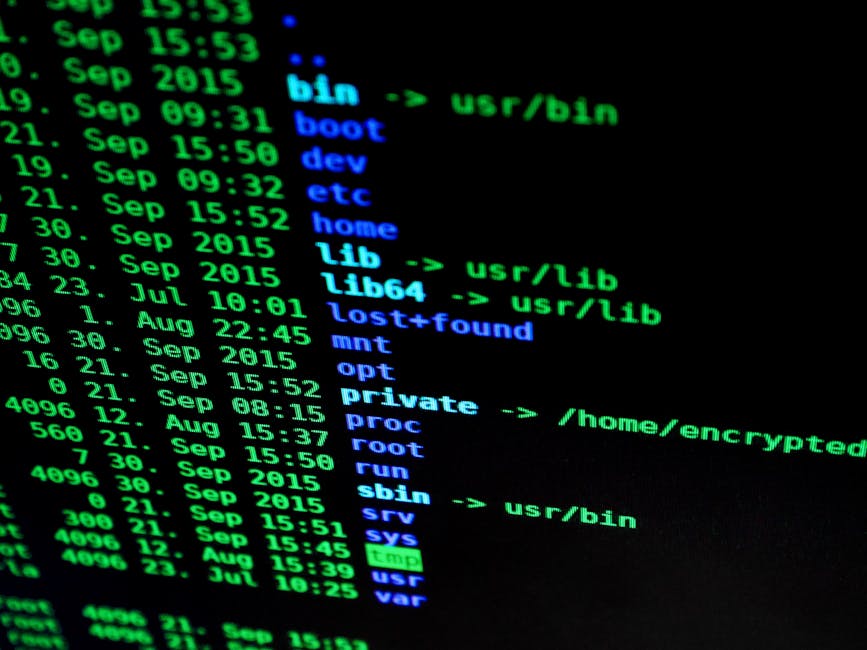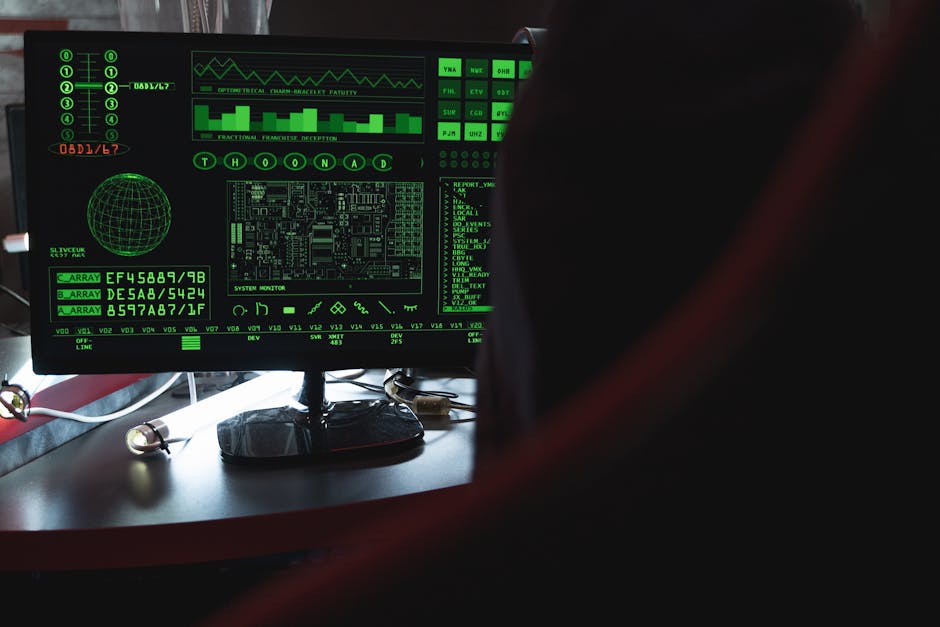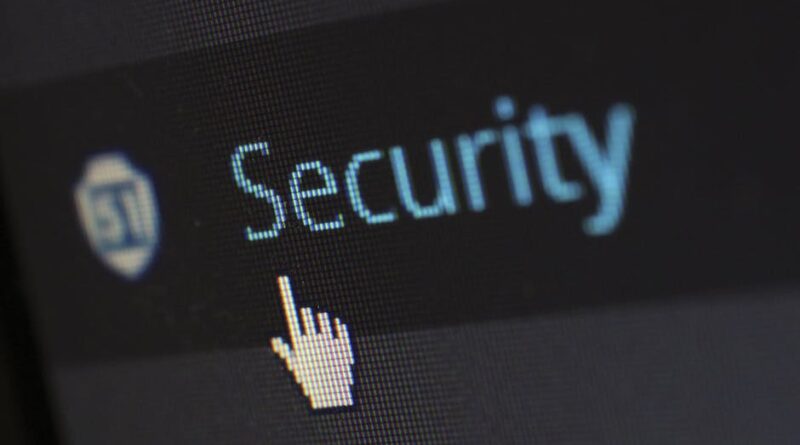Best Practices for System Security: Keeping Your Digital World Safe
Welcome to the digital age, where everything from shopping to banking is done online. While this convenience is undeniable, it also comes with its risks. Just like you lock your front door to keep intruders out of your home, you need to secure your digital devices to keep cybercriminals at bay. In this article, we’ll explore the best practices for system security to help you protect your valuable information.
Why is System Security Important?

Imagine if someone broke into your house and stole your personal belongings. That’s what can happen if your digital devices are not secure. Cybercriminals can steal your sensitive information, such as passwords, bank details, and even your identity. This can result in financial loss, identity theft, and a lot of stress. By following best practices for system security, you can prevent these nightmare scenarios from becoming a reality.
Best Practices for System Security

1. Keep Your Software Up to Date
Just like you update your home security system to keep up with the latest threats, you should regularly update your digital devices’ software. Software updates often include patches for security vulnerabilities that hackers can exploit. By keeping your software up to date, you close these loopholes and make it harder for cybercriminals to breach your system.
2. Use Strong and Unique Passwords
Would you use the same key for your house, car, and office? Of course not! Similarly, you should use different passwords for your various online accounts. Make sure your passwords are strong by combining letters, numbers, and special characters. Avoid using easily guessable information like your birthdate or pet’s name. Using a password manager can help you generate and store complex passwords securely.
3. Enable Two-Factor Authentication
Two-factor authentication adds an extra layer of security to your accounts by requiring not only a password but also a second form of verification, such as a code sent to your phone. This means that even if someone guesses your password, they won’t be able to access your account without the second factor. Enable two-factor authentication wherever possible to protect your accounts.
4. Be Careful with Email Attachments and Links
Just like you wouldn’t open a package from a stranger, you should be cautious with email attachments and links from unknown sources. Cybercriminals often use phishing emails to trick you into downloading malware or revealing sensitive information. Avoid clicking on suspicious links or downloading attachments from unfamiliar senders. When in doubt, verify the source before taking any action.
5. Secure Your Wi-Fi Network
Your Wi-Fi network is like the front door to your digital world. Make sure it’s secure by changing the default password and using encryption protocols like WPA2. Avoid using public Wi-Fi networks for sensitive transactions, as they are more vulnerable to eavesdropping. Consider setting up a guest network for visitors to keep your main network secure.
6. Backup Your Data Regularly
Imagine if your house caught on fire and you lost all your belongings. Similarly, your digital data is at risk of being lost due to hardware failures, malware attacks, or accidents. Backup your data regularly to an external hard drive, cloud storage, or both. This way, even if something happens to your device, your important files will be safe and easily retrievable.
7. Educate Yourself and Your Family
Knowledge is power when it comes to system security. Educate yourself and your family members about the risks of cyber threats and how to stay safe online. Teach them about the importance of strong passwords, recognizing phishing attempts, and being cautious with personal information. By empowering everyone in your household with this knowledge, you create a strong defense against cyber threats.
Conclusion

System security is crucial in today’s digital world where cyber threats are on the rise. By following these best practices for system security, you can safeguard your personal and financial information from falling into the wrong hands. Remember to keep your software up to date, use strong passwords, enable two-factor authentication, be cautious with email attachments and links, secure your Wi-Fi network, backup your data regularly, and educate yourself and your family about online safety. Stay vigilant and proactive in protecting your digital world, just like you would with your physical belongings.




